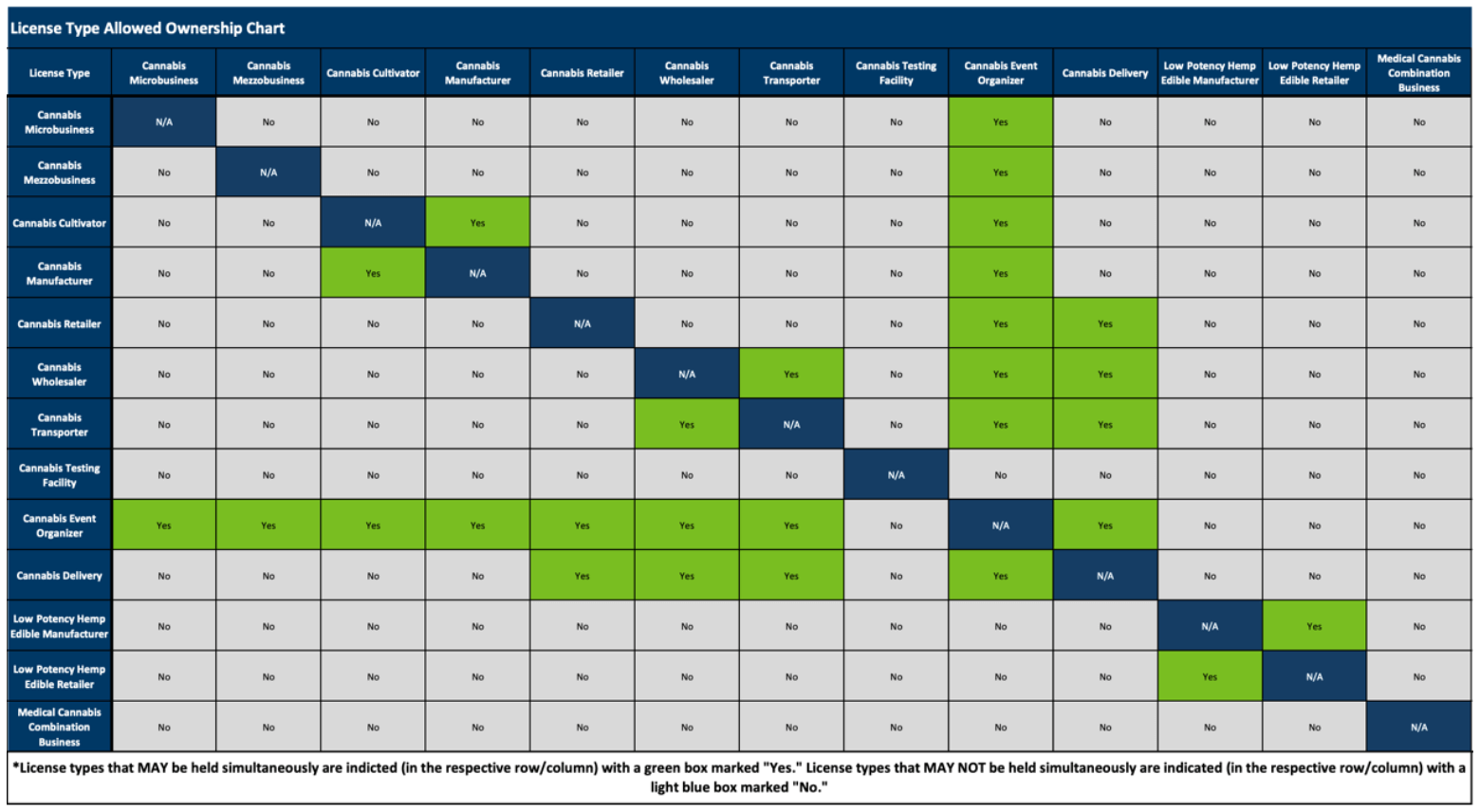Minnesota’s Cannabis License Pre-Approval Application Process
How Social Equity Applicants Can Navigate Successfully
Just in time for boating season, the Minnesota Social Equity cannabis business application details we’ve been waiting for are finally available!
The Minnesota Office of Cannabis Management (OCM) has established a comprehensive pre-approval process for social equity cannabis licenses, and the aim of the program is to ensure fair access to the state’s emerging cannabis industry. This initial lottery round is only open to those individuals previously verified as social equity applicants (though standard applicants should take heed since the next lottery round this winter may share similarities.)
Roadmap to Minnesota’s Cannabis Pre-approval Application
1. License Application Start and End Dates:
The pre-approval application process opens on July 24 and ends on August 12. With less than a month to gather your materials and submit your application, you’ll want to get started right away with licensing experts you trust.
2. Review Essential Guides and Informational Materials from the OCM:
- License Preapproval Application Instructions and Criteria Matrix (PDF): Detailed guidelines on how to complete the application.
- License Type Allowed Ownership Chart (PDF): Information on permissible ownership structures.
3. Fillable Worksheets Required for Application:
- Disclosure of Ownership and Control (PDF): Requires a digital or wet signature and also asks for financial information.
- Capitalization Table (Spreadsheet)
- Security Plan (PDF)
- Business Plan (PDF)
- Labor Peace Agreement Attestation Pre-Condition Form (PDF)
- Description of Training and Education for Employees (PDF)
- Standard Operating Procedures: Covering quality assurance, inventory control, accounting, and tax compliance.
4. Cannabis Operation Plans (By License Type):
Each license type (Microbusiness or Mezzobusiness, Manufacturer, Retail, Wholesale, Testing, Transporter, Delivery, and Cultivation) will submit additional details depending on their operations and endorsements.
5. Application Video Tutorials:
OCM has produced a series of instructional videos to assist applicants, covering topics such as creating and submitting the application, adding documents, specifying the business site, and paying the application fee.
Biggest Cannabis License Takeaways
While the application shaped up about as expected, based on the statutory requirements and the OCM’s previous guidance, a few application aspects will be an uphill battle.
Lottery Application Breadth
First, the overall scope of the application is relatively cumbersome for a lottery system. In addition to the Business, Security, and Standard Operating Plans, there are details called for on a litany of topics:
- Building Codes
- Federal and State Environmental Requirements
- Federal and State Workplace Safety Requirements and Policies
- Sales to Unlicensed Businesses
- Sales to Underage Individuals
- Wastewater Disposal
- Waste Disposal
- Electricity Use
- Water Use
- Other Utilities
- Extraction, Concentration, or Conversion Methods
- Volatile Chemicals and Catalyst
Written Response Character Limitations
Each narrative subsection is limited to 4,000 characters (about 800 words or 1.5 pages), forcing succinct responses. For reference, this blog is ~4,000 characters.
Partner With Minnesota’s Cannabis Experts
By working with application experts and adhering to the guidelines provided by the OCM, applicants can ensure they meet the necessary criteria and submit a complete and compliant application.
If you need assistance with your Minnesota cannabis application “attachment” narratives, true party of interest disclosures, facility diagram, or general application questions, reach out to Canna Advisors for support or book an hourly consultation today.
